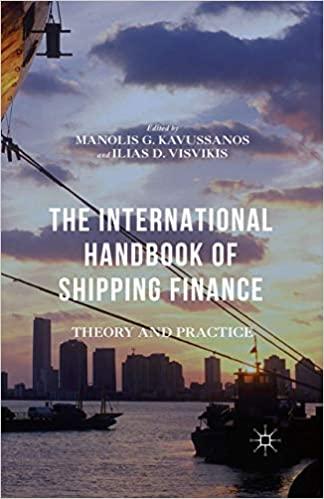Question
*Stocks B, C and D have the following return statistics: mu subscript B equals5.9%, mu subscript C equals9.7%, mu subscript D equals5.0% sigma subscript B
*Stocks B, C and D have the following return statistics: mu subscript B equals5.9%, mu subscript C equals9.7%, mu subscript D equals5.0% sigma subscript B equals33%, sigma subscript C equals16%, sigma subscript D equals27% rho subscript B C end subscript equals0.29, rho subscript B D end subscript equals0.69, rho subscript C D end subscript equals0.13 beta subscript B equals2.4, beta subscript C equals1.6, beta subscript D equals1.5 The risk-free rate is 1.2%. What is the beta of a portfolio that is 22% invested in Stock B, 29% invested in Stock C, and the remainder in Stock D? Give your answer to the closest 0.01.
Step by Step Solution
There are 3 Steps involved in it
Step: 1

Get Instant Access to Expert-Tailored Solutions
See step-by-step solutions with expert insights and AI powered tools for academic success
Step: 2

Step: 3

Ace Your Homework with AI
Get the answers you need in no time with our AI-driven, step-by-step assistance
Get Started


